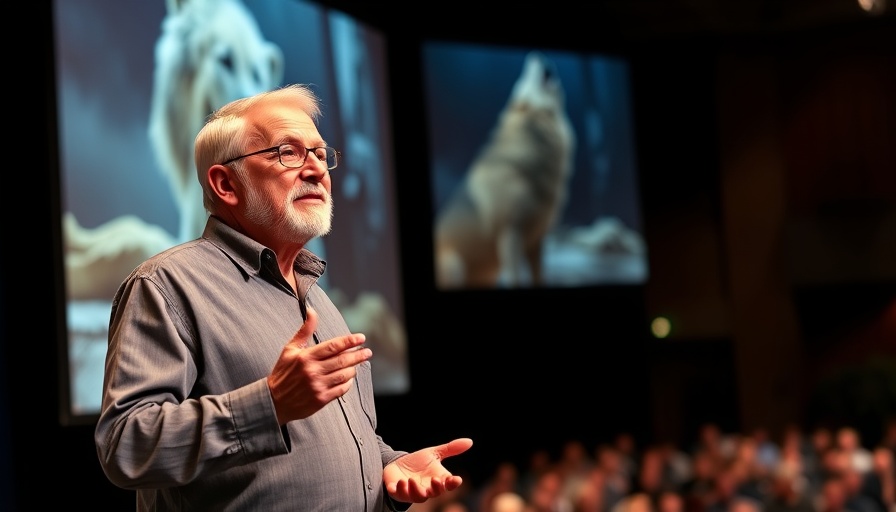
The Role of AI in Understanding Animal Communication
In recent years, the convergence of artificial intelligence and wildlife research has opened new frontiers in understanding animal communication. A riveting example of this is found in Jeffrey T. Reed's TED talk, "Can AI Help Us Speak with Wolves?" Here, Reed explores the fascinating ways in which AI is revealing the complexities of wolf howls, an element of the rich tapestry of communication within this iconic species.
In 'Can AI Help Us Speak with Wolves?', the discussion dives into the innovative use of AI to decode wolf howls, sparking deeper analysis on wildlife communication.
Unlocking the Language of Wolves
Through time, wolves have been perceived as misunderstood guardians of the natural world, their howls echoing the call of the wild. However, what if these sounds were more than mere vocalizations? Reed and his team aim to decode the myriad of howls and other vocal sounds wolves produce. By utilizing autonomous recording units (ARUs) paired with AI, researchers are capturing, analyzing, and understanding the meanings behind these calls. This technology records relevant sounds, handling vast amounts of data to help scientists decipher the unique language of wolves.
The Chorus Howl: A Group Dynamic
One particularly captivating aspect of wolf communication is the chorus howl, an ensemble performance that can signal territory and foster social bonds within the pack. Reed describes a scene where the alpha female leads this chorus, silencing all other voices in the process. This behavior emphasizes the importance of hierarchical social structures in wolf communities. As they sing their territorial anthem, researchers have found that wolves can even gauge the strength of rival packs just from audio analysis — a skill vital for their survival.
Why Understanding Wolves Matters
As human activity continues to encroach on natural habitats, understanding and protecting wolves is more crucial than ever. Their presence plays a significant role in maintaining ecological balance, and their interactions can inform conservation strategies. By unlocking the secrets of wolf communication, we not only learn about their social structures but also about how to preserve these majestic beings and their habitats, ensuring future generations can witness their spirit within the wild.
What Lies Ahead: The Future of Animal Communication
The integration of AI in wildlife studies is just the beginning. Reed reflects on how further exploration in decoding wolf communications could transform our relationship with nature. Imagine a world where we could understand more than just the howls of wolves. This journey could extend to various species, offering insights into their lives and helping conservationists advocate more effectively for their protection.
As we stand at this intersection of technology and natural history, it’s essential to recognize the weight of our connection to the wild. Reed reminds us that less than a fraction of the world’s land mammals remain wild, highlighting the urgency of protecting these species. Each howl is a call to action — a reminder of the natural world’s fragility and the need for continued conservation efforts to preserve it.
In conclusion, the work we see with AI and animal communications is not just about science but rekindling our relationship with nature. Understanding the voice of wolves through technology could lead us to a future where humans and wildlife coexist in harmony, fostering an environment where both can thrive. As Reed encourages us to howl with enthusiasm, we take part in understanding the wild, using our voices to advocate for its heritage.
 Add Row
Add Row  Add
Add 




Write A Comment